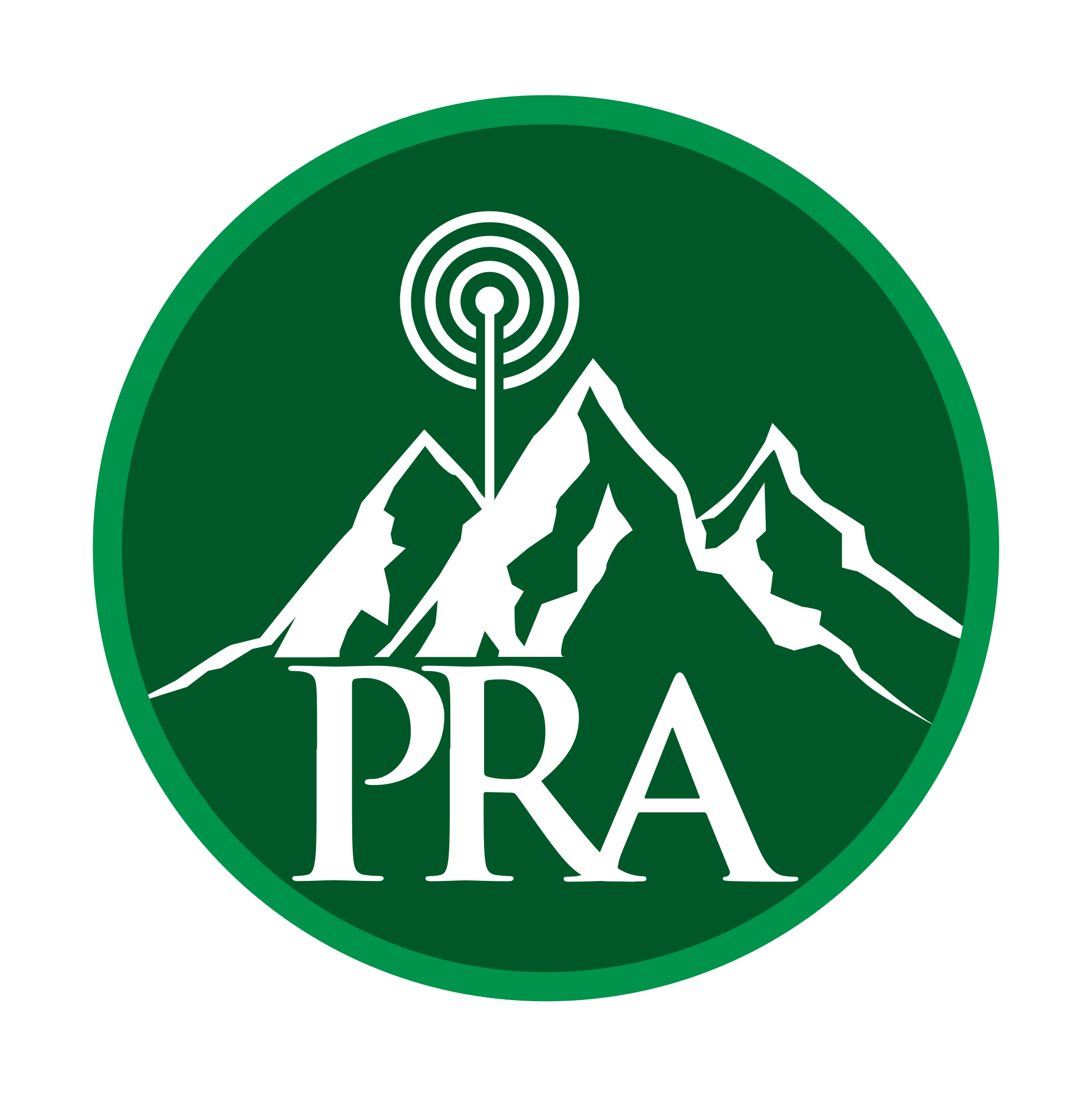
In an age where digital modes and advanced technologies dominate amateur radio, a resurgence of an older communication method, Continuous Wave (CW) or Morse code, is capturing the interest of operators worldwide. Originally developed in the 1830s by Samuel Morse, CW has remained a vital part of amateur radio, despite the advent of more sophisticated digital modes like FT8, PSK31, and DMR. Within the PRA, we have dozens of members that not only enjoy CW, but are great Elmers to help you in developing your CW skills. The fascinating part is that most of our CW Elmers have only learned Morse Code in the last few years, so don’t be intimidated!
Both new and seasoned amateur radio operators are returning to CW for its simplicity, efficiency, and unique challenge. The renewed interest can be attributed to several factors:
- Minimalist Appeal: CW offers a minimalist approach to communication. Unlike many digital modes that require computers and specialized software, CW can be sent with just a basic transmitter, a key, and an operator who knows the code. This simplicity is particularly appealing to operators interested in portable and low-power (QRP) operations.
- Historical Connection: For many hams, CW provides a direct link to the history of radio. The ability to communicate using a method that has been around for nearly two centuries creates a sense of connection with the pioneers of radio.
- Resilience and Efficiency: CW is known for its ability to get through when other modes fail. In conditions where voice communications or digital modes might struggle, a well-tuned CW signal can still be heard. This makes CW particularly valuable in emergency communications (EmComm) situations, where reliability is crucial.
- Learning and Skill Development: The challenge of learning Morse code is also part of its appeal. Many new operators are drawn to CW as a way to develop a new skill set and test their abilities. The process of mastering CW can be incredibly rewarding, offering a sense of accomplishment that digital modes might not provide.
Outside of the PRA, organizations like the Long Island CW Club, CWOps and the Straight Key Century Club (SKCC) have reported significant increases in membership and activity. Online classes, CW practice groups, and special event stations dedicated to CW have also seen a surge in participation.
As the PRA and in the amateur radio community continues to evolve, CW remains a vibrant and enduring part of the amateur radio service. Its resurgence highlights the diversity of interests within amateur radio and demonstrates that even in a high-tech world, the simple rhythm of dots and dashes still has a place on the airwaves.
— —••• •••— —
Dan – N2SRK
President
Parker Radio Association

jkdurden says:
As an old CW op from the mid-80’s; I’m happy to see this resurgence of CW operators breathing new life into this part of the hobby. When I went off the air about 20 years ago to build a career; I figured I’d return to find the CW bands to be a desolate place or discover those bands had been reallocated to different modes or lost entirely. Needless to say; I’m happy about the resurgence and have been enjoying operating CW after a long dormant phase.